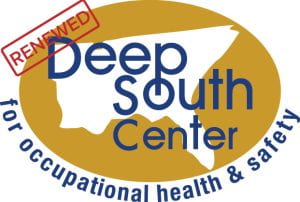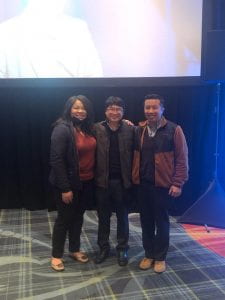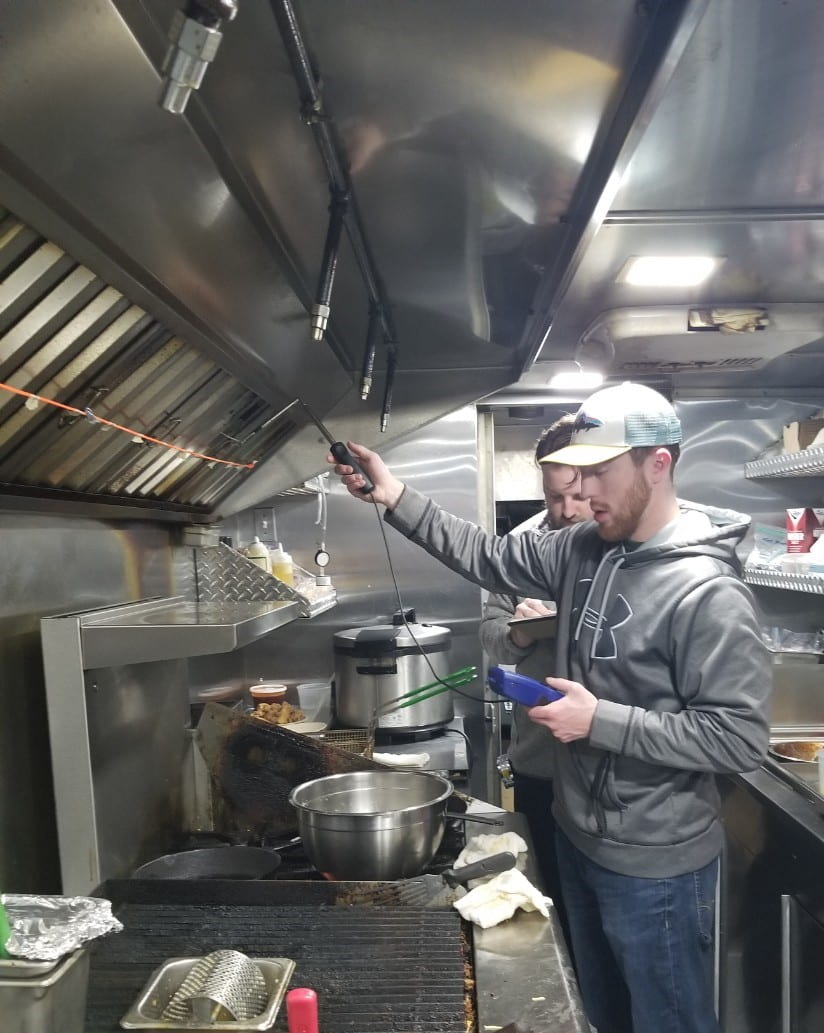Deep South ERC Renewed!
 The team at the Deep South Center for Occupational Health and Safety Education and Research Center (DSC ERC) at the University of Alabama at Birmingham (UAB) is pleased to announce that our Center has been renewed by the National Institute for Occupational Safety and Health (NIOSH) for the project period 2022-2027.
The team at the Deep South Center for Occupational Health and Safety Education and Research Center (DSC ERC) at the University of Alabama at Birmingham (UAB) is pleased to announce that our Center has been renewed by the National Institute for Occupational Safety and Health (NIOSH) for the project period 2022-2027.
Since 1982, the Deep South Center for Occupational Health and Safety has been a cornerstone of OHS Education, Research and Outreach in the Southeast. We are addressing the burden of OSH in our region by providing state-of-the-art interdisciplinary training for the next generation of OSH practitioners and researchers. Our Trainees will take their experiences and training into the field and transfer knowledge to practice. We are proud of the work of our Faculty, Program Directors and Trainees—who make each component of our ERC successful toward our goal to protect and promote the health and safety of workers. The research, mentoring and leadership in the DSC provides a solid foundation for the success of our programs and Trainees.
The Deep South Center is a consortium of programs at two universities—UAB and Auburn. We offer advanced degrees in Industrial Hygiene (School of Public Health), Occupational Health Nursing (School of Nursing) at UAB and Occupational Safety and Ergonomics and Occupational Injury Prevention at Auburn University in the Samuel Ginn College of Engineering. Along with coursework and research, ERC Trainees also take part in center-wide interdisciplinary projects, and participate in professional and research focused conferences, meetings and organizations.
The DSC’s commitment to Outreach and Continuing Educations is evidenced by our strong presence and support of the OSH community, offering courses and conference support and by reaching out to minority and underserved worker populations.
Finally, our DSC Pilot Project Research Training Program provides competitive annual awards to emerging researchers in our region. PPRT outcomes are shared annually at the Southeast Regional Research Symposium—a collaboration of several ERCs and Agricultural Safety and Health Centers in the Southeast.
We thank you for your participation and support of the ERC—be it in a CE course, a conference, as a member of our Board of Advisors—a host at a site—or as one of our graduates, faculty, university administrators or community leaders—without your support, we would not be a Center of Excellence in the NIOSH portfolio.
We look forward to serving you in the coming years.
Claudiu Lungu, PhD,
Center Director
Allyn Holladay
Deputy Director/Director CE and Outreach
Perrin Murray
Program Manager II
Laura Wilson,
Admin. Project Specialist
Jonghwa Oh, PhD,
Program Director, Industrial Hygiene
Karen Heaton, PhD,
Program Director, Occupational Health Nursing
Sean Gallagher, PhD,
Program Director, Occupational Injury Prevention
Mark Schall, PhD,
Program Director, Occupational Safety and Ergonomics












